Ergaula pilosa “Big black beetle mimic” Care Sheet
Ergaula pilosa is a species of cockroach that mimics a beetle. They are native to Africa and have a velvety black appearance. A medium-sized roach, black color and made to look like a large black beetle. Known for their strange, twitchy movements, as well as their sexual dimorphism, these roaches make extremely nutritious feeders, as well as fascinating additions to any exotic roach collection. Males have longer, flatter wings than the females, whereas the females are bulkier and rounder. They prefer much higher humidity than that of other roach species, enjoying an extremely damp substrate with a dryer, elevated area to dry off their wings after they molt
- Housing: You will need a container with a tight lid, as the adult males can climb. A gallon-sized container is good for a starter culture, but you may need to upgrade as they multiply. Provide 2-3 inches of substrate, such as coconut fiber, potting soil, or peat moss. Avoid sand, as it can harm the roaches. On top of the substrate, add a layer of decaying hardwood leaf litter, which is important for the nymphs’ diet. You can also add some branches or cork bark for the males to perch on.
- Humidity: These roaches prefer a vertical humidity gradient, meaning the lower layer of the substrate is moist and the upper layer is dry. To achieve this, pull back the top layer of the substrate and mist or pour water on the lower layer. Alternatively, you can keep the whole enclosure humid but well ventilated, as some keepers report success with this method.
- Temperature: These roaches do best at 75°F or warmer, but can tolerate a range of 70-85°F. They will breed and grow faster at higher temperatures.
- Diet: These roaches are mainly detritivores, meaning they feed on decaying organic matter. A mix of leaf litter and high-protein food, such as dog/cat/chick/fish feed, is ideal. They may not eat much fruits or vegetables, but you can offer them occasionally as a treat or a source of moisture.
- Breeding: These roaches are oviparous, meaning they lay eggs in a case called an ootheca. The females deposit the oothecae into the substrate, where they take 3-4 months to hatch. Each ootheca contains about 18 eggs. The nymphs take 6-8 months to mature, depending on the temperature and food availability. The adult females live for about 9 months, while the males live for 2-4 months.
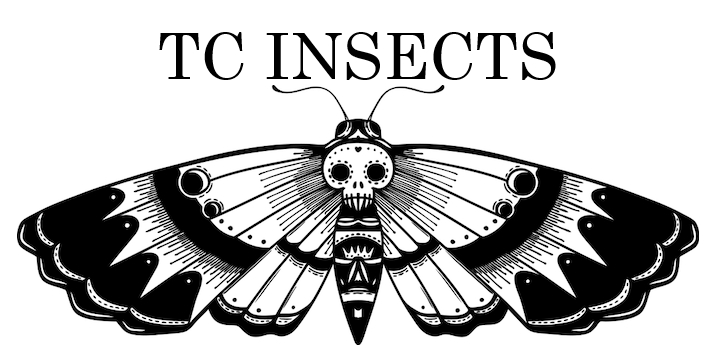
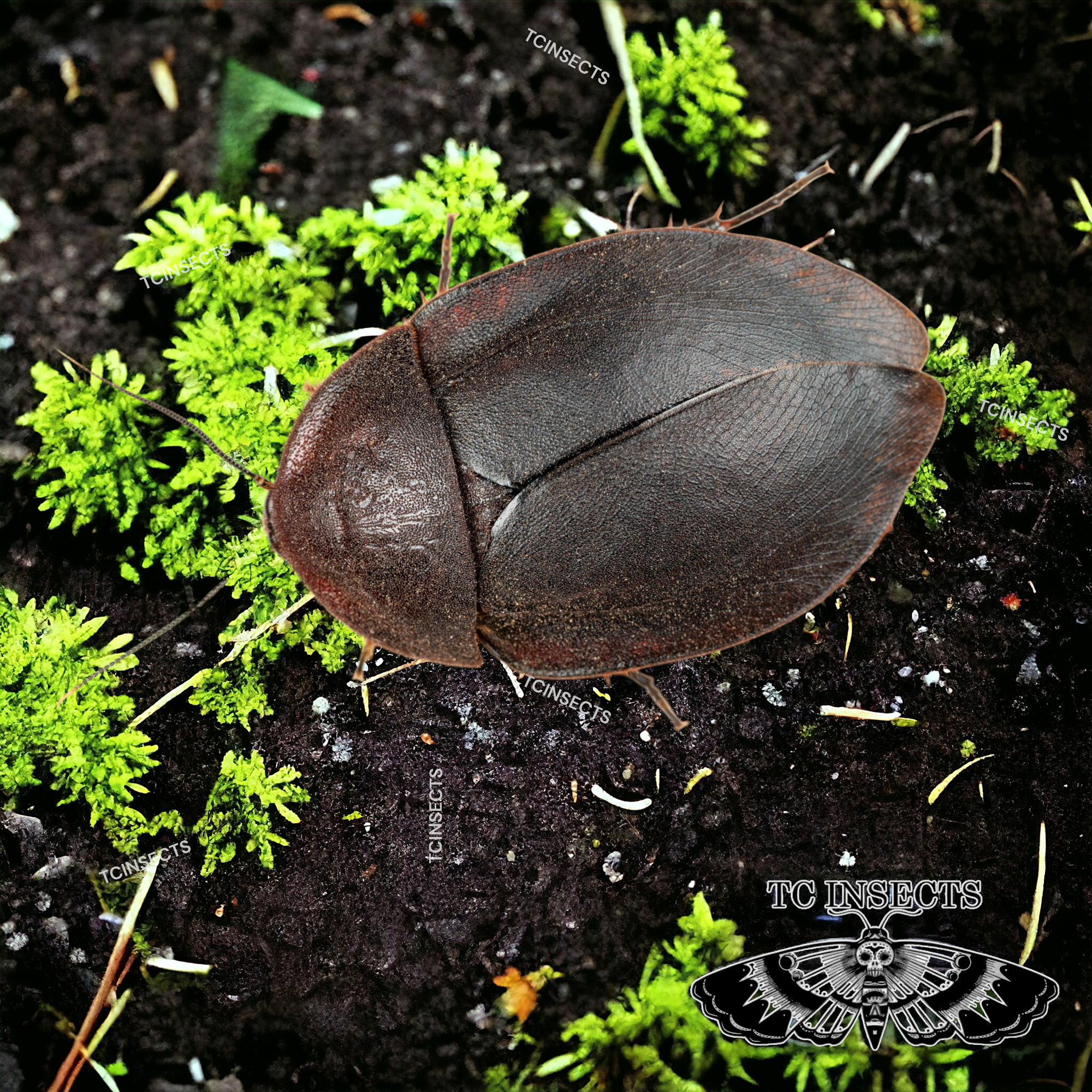
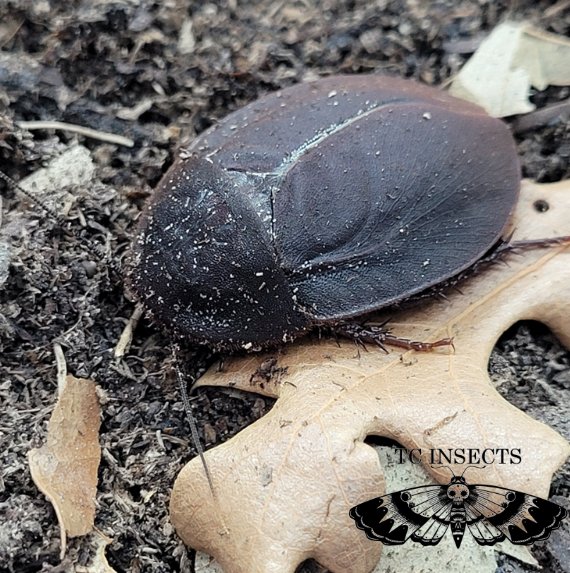
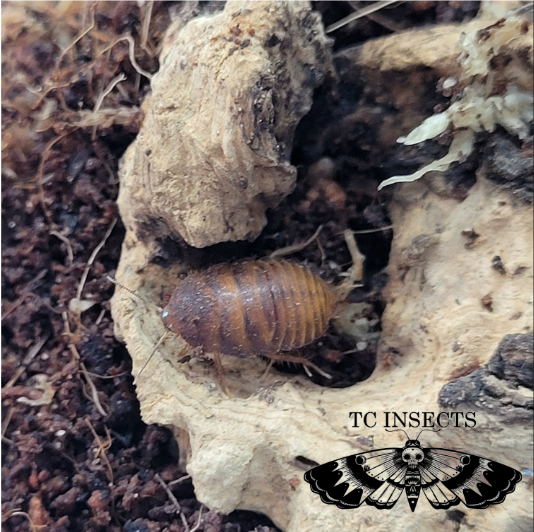
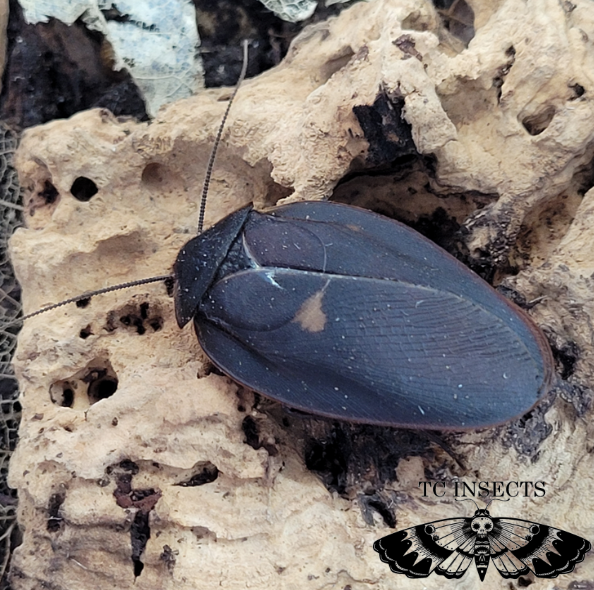






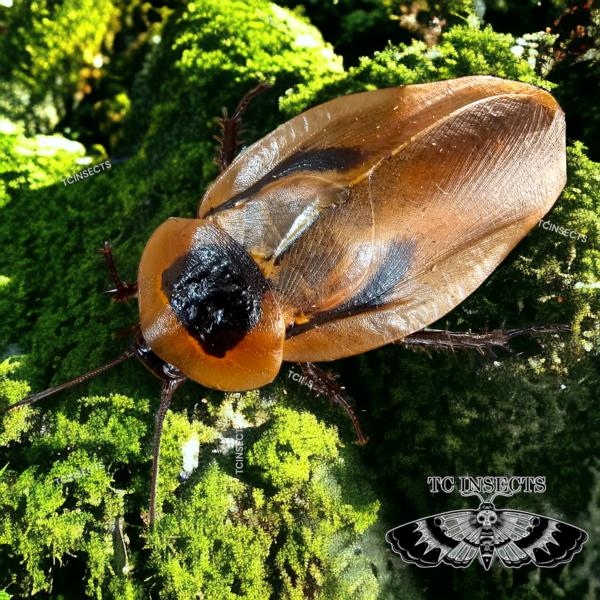

Reviews
There are no reviews yet.